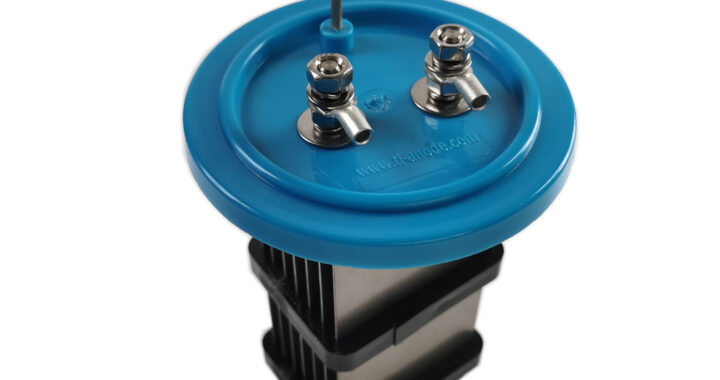What is the difference between a salt water swimming pool and a normal chlorine swimming pool?
Swimming pools are a great way to cool off in the summer or to get some low-impact exercise. There are two main types of swimming pools: salt water and chlorine. Salt water swimming pools have become increasingly popular in recent years, as they are touted to be a healthier and more environmentally friendly alternative to traditional chlorine pools. However, many people are still confused about the difference between the two.
First, it’s important to understand that both types of pool require some form of chlorine to maintain proper sanitation levels. The main difference lies in how that chlorine is delivered to the pool. In a traditional chlorine pool, the chlorine is added to the water manually. This can be done in a number of ways, such as using chlorine tablets, granules, or liquid. The amount of chlorine needed will depend on the size of the pool and the number of swimmers. Chlorine is an effective disinfectant, but it can also be harsh on the skin and eyes, and it has a distinct odor that many people find unpleasant.
In a salt water pool, chlorine is produced through a process called electrolysis. This is achieved by adding salt (sodium chloride) to the pool water, which is then passed through an electrolysis cell. The electricity from the cell breaks the salt down into its components (sodium and chlorine). The chlorine produced in this manner is much milder than the chlorine used in traditional pools, and it is more stable, meaning it lasts longer in the water. Additionally, salt water pools require less maintenance than traditional pools, as the chlorine levels are easier to monitor and regulate.
There are many benefits to using a salt water pool. For one, the water is softer and less harsh on the skin and eyes. This is because salt water has a lower concentration of chemicals than traditional chlorine pools. Additionally, salt water pools are better for the environment, as they produce fewer harmful chemicals and waste. They are also easier to maintain, as the chlorine levels are more stable and predictable.
However, there are some downsides to using a salt water pool. For one, they can be more expensive to install and maintain than traditional chlorine pools. The initial cost of a salt water system can be higher, and the system may require more maintenance over time. Additionally, some people find the taste of salt water to be unpleasant, and the salt can damage certain pool equipment over time.

